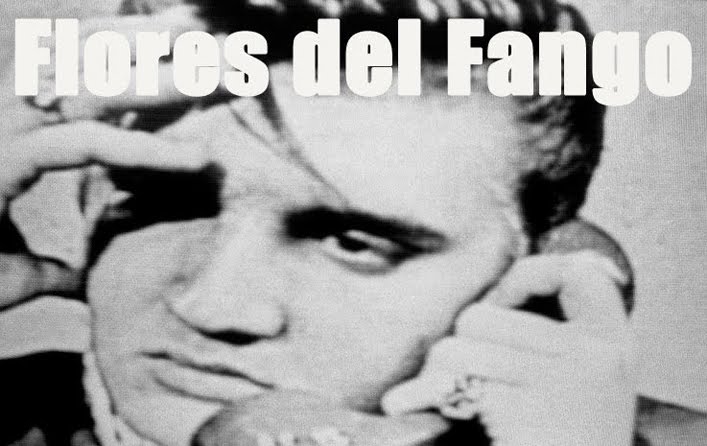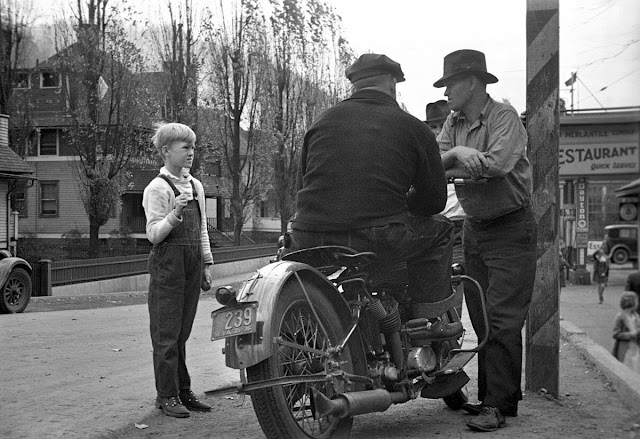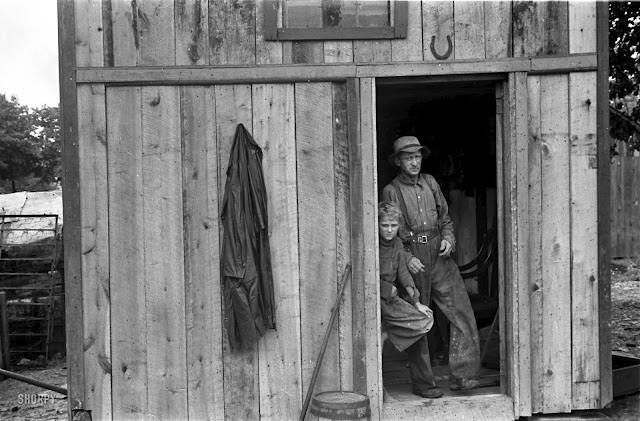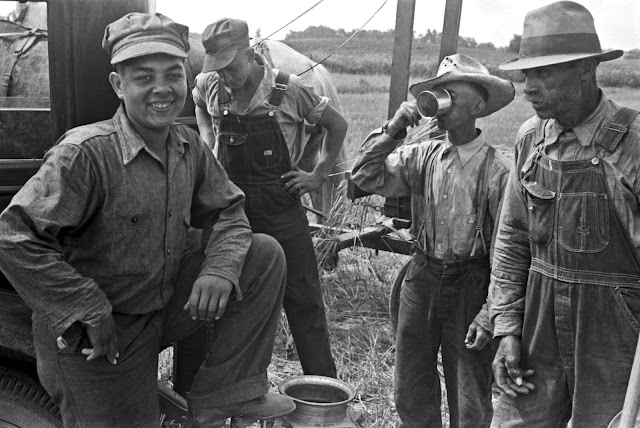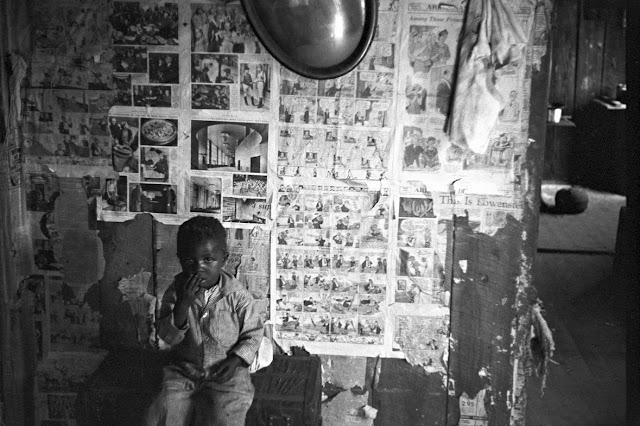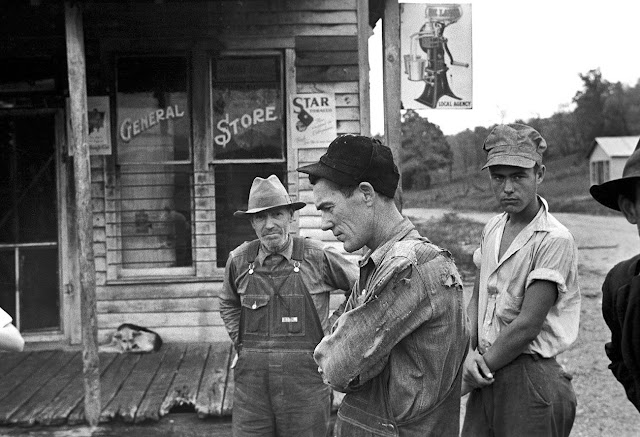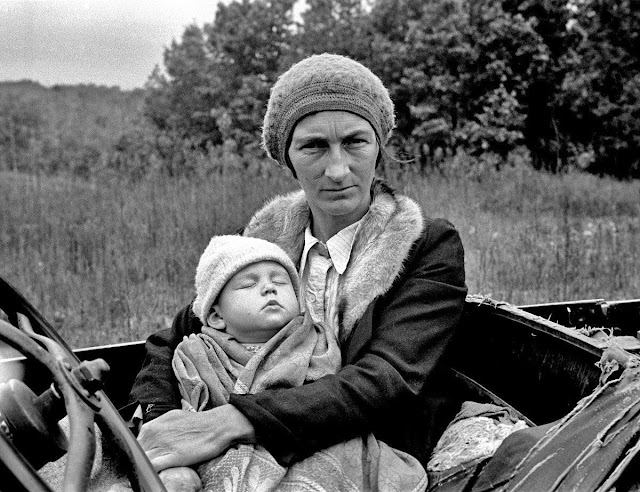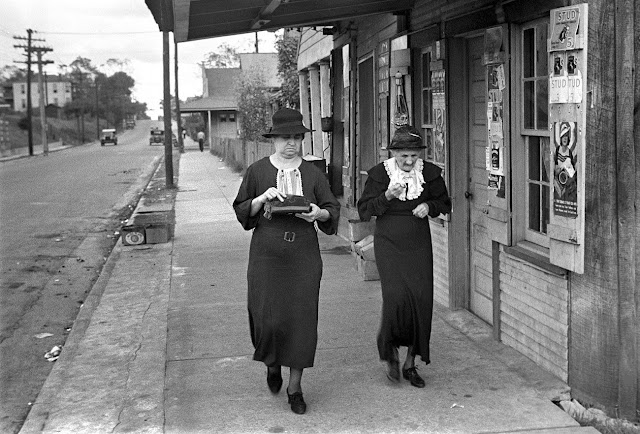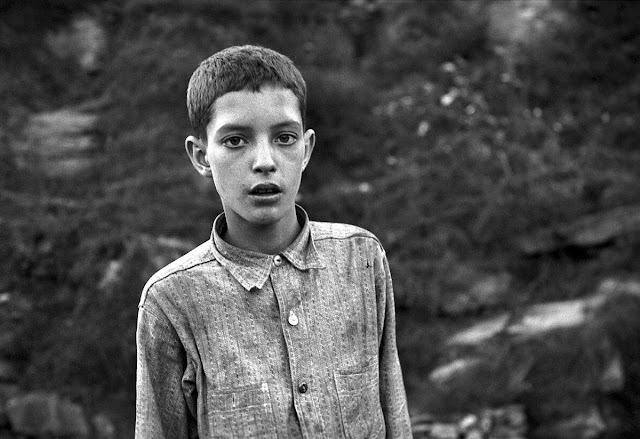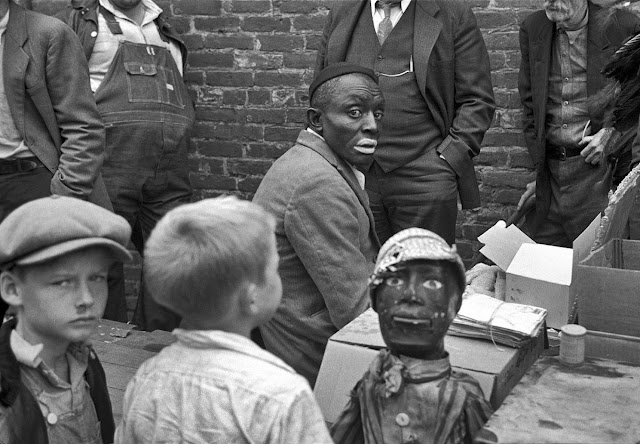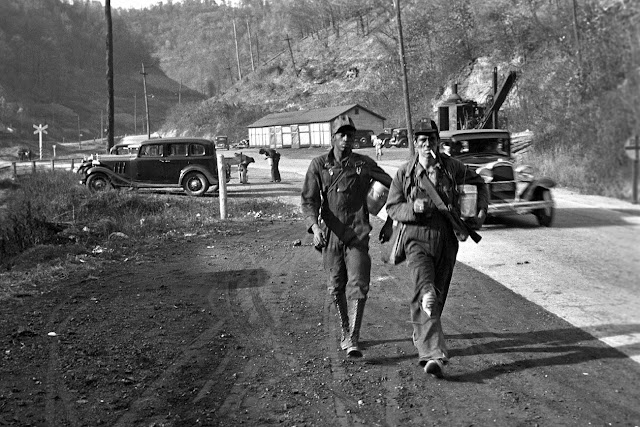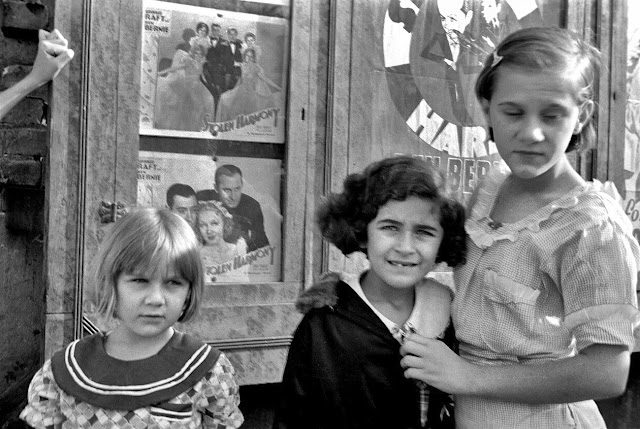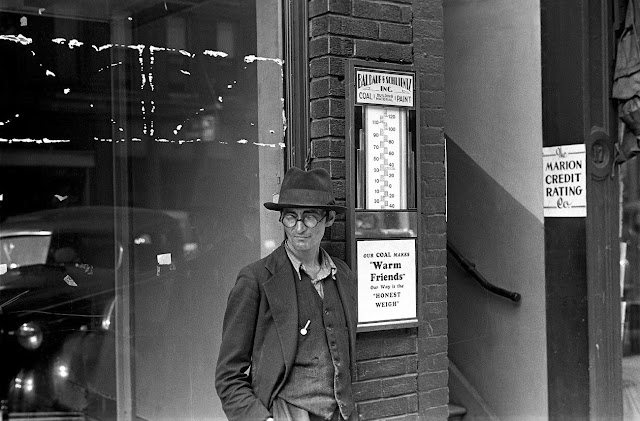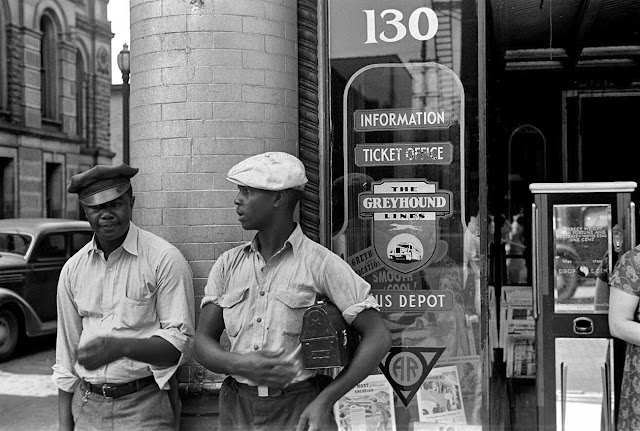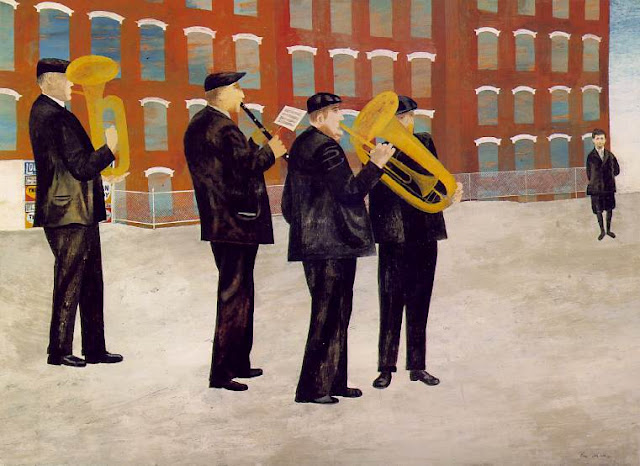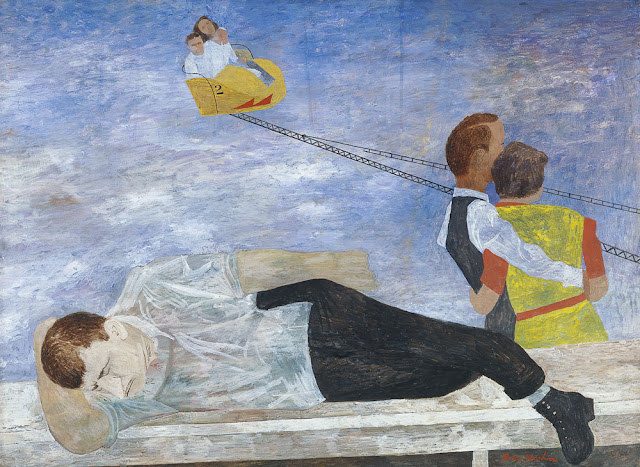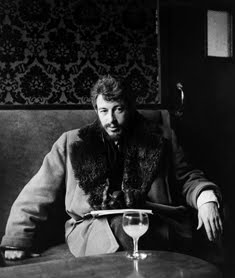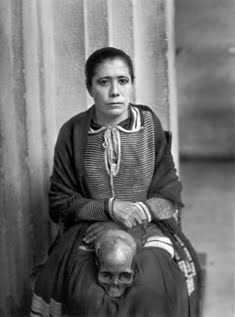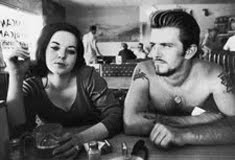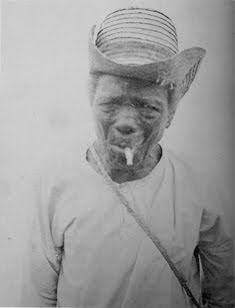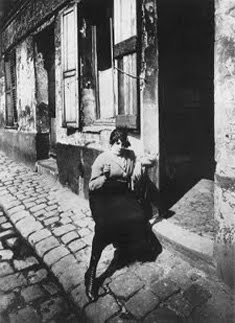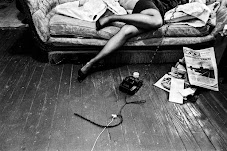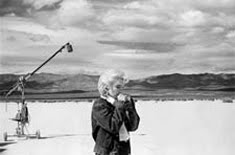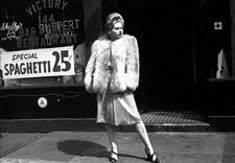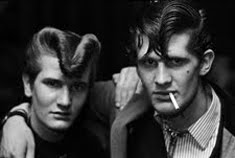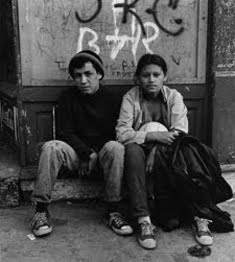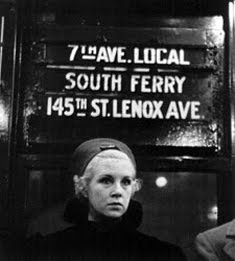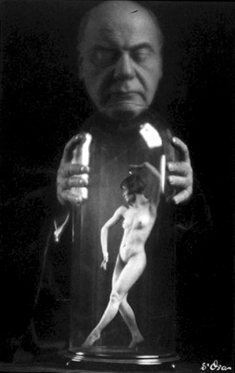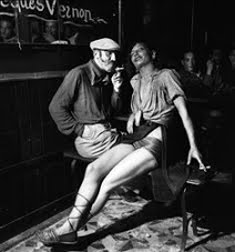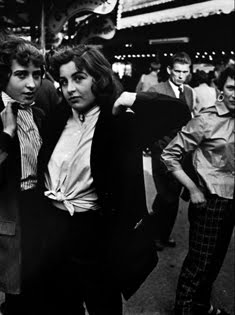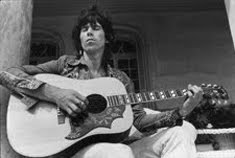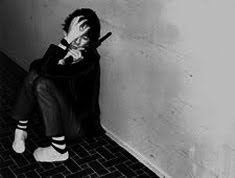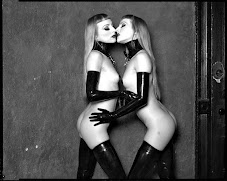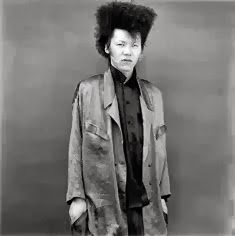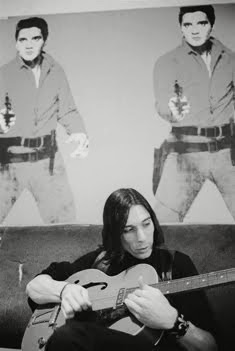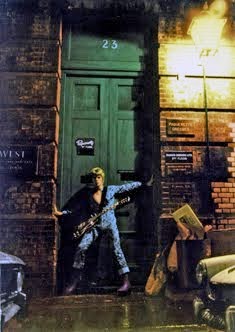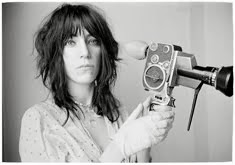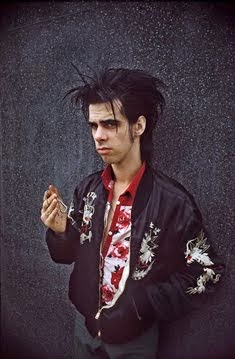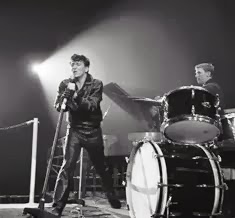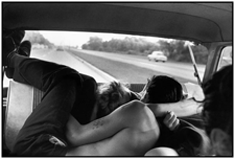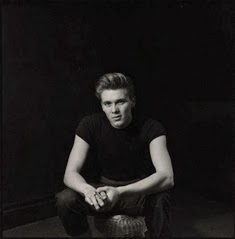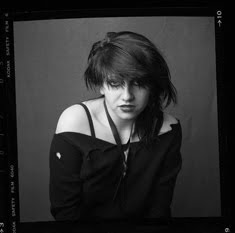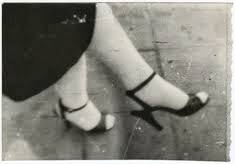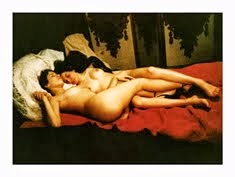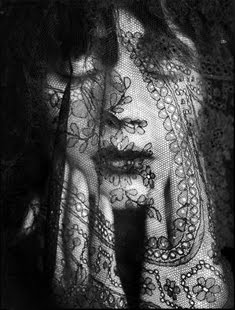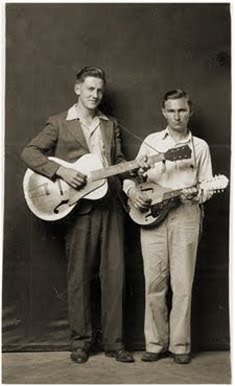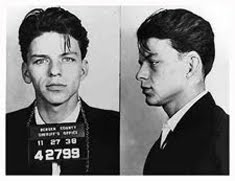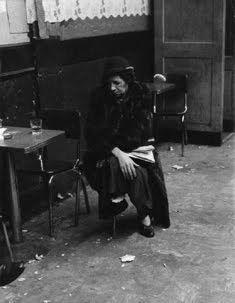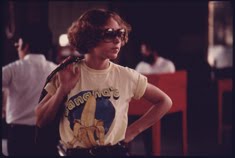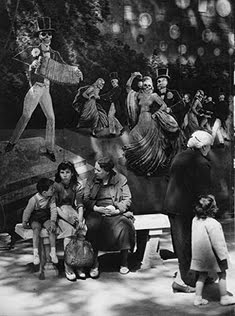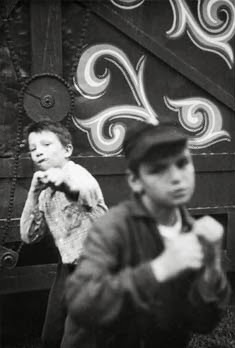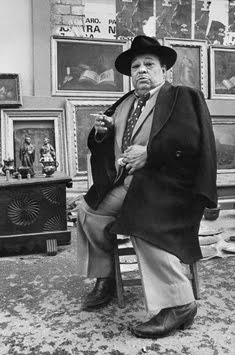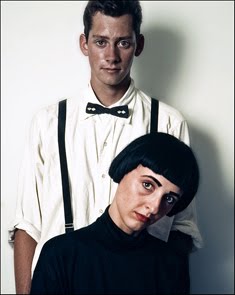Activista de izquierdas, reconocido pintor y eventual y magnífico fotógrafo, Ben Shan fue eminentemente un artista humanista forjado en la época de la Depresión Americana y los ambientes bohemios cuya obra es en términos generales una crónica social de los tiempos que le tocó vivir, aunque hay que constatar que para la Historia de la Fotografía forma parte de aquel grupo que retrató los efectos en las zonas rurales de la crisis económica de los años 30s en asignación para la Farm Security Administration por recomendación de su amigo el fotógrafo Walker Evans.
Ben Shan was an northamerican artist born in Lithuania, lithographer, designer, painter, muralist and photographer, who despite his socialist political views worked designing posters for the U.S. Office of War Information during the war years (although only a couple of his designs were admitted) and photographed rural areas for the Farm Security Administration during the Great Depression on the recommendation of his friend Walker Evans. In addition to his personal work he was personal assistant to the artist Diego Rivera when this one painted his controversial mural at the Rockefeller Center in New York. In later years he moved away from the socialist realism that often dominated his work and drifted towards abstraction.
Ben Shan was an northamerican artist born in Lithuania, lithographer, designer, painter, muralist and photographer, who despite his socialist political views worked designing posters for the U.S. Office of War Information during the war years (although only a couple of his designs were admitted) and photographed rural areas for the Farm Security Administration during the Great Depression on the recommendation of his friend Walker Evans. In addition to his personal work he was personal assistant to the artist Diego Rivera when this one painted his controversial mural at the Rockefeller Center in New York. In later years he moved away from the socialist realism that often dominated his work and drifted towards abstraction.
PAUL CUMMINGS: ¿Qué me cuentas de Ben Shahn?, ¿pasasteis tiempo juntos, en algún punto?
WALKER EVANS: Sí. Eso me parece una cosa interesante. Esto es lo que yo creo: La gente se junta cuando se supone que tiene que juntarse. Shahn y yo nos conocimos en la casa de alguien en Brooklyn. Me acuerdo de eso. Había un médico allí que conocí en la calle porque le gustaba la fotografía. Mira, si estas en ese barrio - es un vecindario pequeño - puedes hablar con cualquiera. Y dos fotógrafos se pondrán a hablar del hecho de sacar fotos en Nueva York, que es una de las cosas más habituales del mundo. Y después ese tipo, el médico, me invitó a su casa. Fuí y allí estaba Shahn. Aquello era una especie de salón.
PAUL CUMMINGS: ¿Te acuerdas del nombre del médico?
WALKER EVANS: Sí. Se presentaba con nombre falso. Se hacía llamar Yago Galston, y ese no era su nombre verdadero para nada. Sólo se lo había inventado. Era médico pero no practicaba. Estaba involucrado en política con aquella asociación médica y eso... ¿Cómo se llamaba aquella Asociación?
PAUL CUMMINGS: Oh, ¿la Asociación Médica Americana?
WALKER EVANS: Sí creo que era el gerente de eso, o el secretario, o algo de eso.
PAUL CUMMINGS: Increíble. Luego compartiste un Estudio con Shahn o algo así, ¿no?
WALKER EVANS: Sí, no en Brooklyn sino en Manhattan y no era la primera vez. Shahn solía tener un apartamento con sótano y yo vivía en el sótano mientras él vivía arriba con sus niños y su esposa, Tillie. Y luego compartimos piso con Lou Block también. Pero la mayor parte del tiempo estábamos Ben y yo, él en la parte de alante y yo en la de atrás, el 23 de Bethune Street. Me acuerdo de aquello perfectamente.
PAUL CUMMINGS: ¿Cómo era eso de compartir piso con un pintor?
WALKER EVANS: Bueno la pregunta sería más bien ¿cómo era vivir con Shahn?. Porque todo el mundo es distinto y Shahn era un tipo muy especial.
PAUL CUMMINGS: Claro.
WALKER EVANS: Bueno, estábamos muy unidos. Él era un tipo abrumador, lo que me provocaba algo de resentimiento. Era demasiado fuerte para mí. Pero yo sabía que estaba aprendiendo mucho. Después de todo yo sólo era un chico pequeño de Kenilworth y nunca había visto un tipo así, el hijo de un inmigrante ruso salido de las calles, ya sabes, y un tipo duro. Aquello me parecía exótico y fascinante, maravilloso. Y su trabajo me atraía mucho, me encantaba, todavía me gusta. Supongo que su estilo está pasado de moda, pero a mí me encanta. Todo el mundo se desilusionó con Shahn porque le habían estado llamando el artista contemporáneo más grande y supongo que ha perdido ese estatus, pero en cualquier caso es un artista muy inteligente e interesante. Ambos compartíamos la forma de mirar. Eso tuvo que ver con su interés por la Fotografía. Solía hacer pinturas a partir de fotografías sin ocultarlo.
PAUL CUMMINGS: Es verdad.
WALKER EVANS: Fotos de los periódicos y sus propias fotos. Eso le hizo interesarse por la Fotografía.
PAUL CUMMINGS: ¿Qué me cuentas de sus fotos?, porque estuvo muy involucrado con la fotografía en los años 30.
WALKER EVANS: Sí.
PAUL CUMMINGS: Pero eso fue debido a la Farm Security Administration, ¿no?
WALKER EVANS: No - bueno, consiguió que le costearan un par de viajes. Podía manejar a Mr. Stryker y de hecho lo hacía. Se pasaba por allí y conseguía un viaje pagado. Se iba con todos los gastos pagados con su chica, Bernarda. Y se lo pasaban en grande. Ben le sacaba todo el jugo posible a Washington.
PAUL CUMMINGS: Bueno, parece que eso se le dió bien toda la vida.
WALKER EVANS: Sí, por supuesto. Era un experto en eso. Eso solía irritarme porque hacía cosas que a mí me avergonzaban, que a mí no se me ocurriría nunca hacer.
Extracto de una entrevista con Walker Evans realizada entre Octubre y Diciembre de 1971 por Paul Cummings para los Archivos de Arte Americano del Instituto Smithsonian.
Leftist activist, a renowed painter and eventual and magnificent photographer, Ben Shan was eminently a humanist artist forged in the America of the Depression-era and bohemian ambients whose work is generally a social chronicle of the times in which he lived, although it should be said that he is appointed in the History of Photography as part of that group that portrayed the effects in rural areas of the economic crisis of the 30s on assignment for the Farm Security Administration.
PAUL CUMMINGS: What about Ben Shahn? You got involved with him, too, at some
time?
WALKER EVANS: Yes. I did. This is all interesting. This is what I say: People
do get drawn together when they’re sort of meant to. Shahn and I met at
somebody’s house on Columbia Heights in Brooklyn. I know that. There was
a doctor there who picked me up on the street because he was a photographer.
You see, if you’re in that neighborhood – it’s a little neighborhood
– you can talk to anybody. And two photographers would talk to each other
on photographing in the New York style – it’s the most obvious photograph
in the world. And then this guy asked me to come to his house. I went to his
house and there was Shahn. That was a kind of salon also.
PAUL CUMMINGS: Do you remember who he was?
WALKER EVANS: Yes, I do remember who he was. He had an assumed name. He called
himself Yago Galston. And his name was not that at all. He just made that up.
He was a doctor who wouldn’t practice. He was in medical politics in the
Association and all that stuff. What do they call it?
PAUL CUMMINGS: Oh, the American Medical Association?
WALKER EVANS: Yes. I think he was manager of it, or secretary, or something
like that.
PAUL CUMMINGS: That’s incredible. Well, you shared a studio or something
with Shahn, didn’t you for a while?
WALKER EVANS: I did indeed. Not in Brooklyn but over on Bethune Street in Manhattan.
Sure. Not only did I share a studio but twice over – he had an apartment
with an under basement and I lived in the basement. And he had these two children
upstairs and his wife, Tillie. And I was in the basement. And later across the
street we all had a studio with Lou Block, the three of us, but mostly Ben and
me. I had the back and he had the front. 23 Bethune Street, I remember it so
well.
PAUL CUMMINGS: What was it like sharing space with a painter, sharing a studio
with a
painter?
WALKER EVANS: The questions should be: “What’s it like with Shahn?”
– because everybody is different and Shahn was a very special character.
PAUL CUMMINGS: Right.
WALKER EVANS: Well, we had a great attachment to each other Shahn and I. Also
he was an overpowering man. Which I begun to resent. He was too strong for me.
But I knew I was getting educated. After all, a little boy from Kenilworth had
never seen anybody like that, the son of a Russian immigrant really right out
of the streets, you know, and tough. All the things I thought were exotic and
fascinating. It was very marvelous. I was very attracted to his work. I loved
it. I still do to this day. It’s not very fashionable to love it but I
do. Everybody is disillusioned with Shahn really after having called him the
greatest of contemporary artists. He’s lost that status I think. But he
was a very clever and interesting artist. We both had the same kind of an eye
really. That’s why he got interested in photography. He used to shamelessly
make pictures from photographs.
PAUL CUMMINGS: Oh, yes.
WALKER EVANS: Newspapers or his own. That’s why he took it up.
PAUL CUMMINGS: What about photography? - because he did a lot of photography
in the thirties at one point, didn’t he?
WALKER EVANS: Yes, he did.
PAUL CUMMINGS: But that was through the Farm Security Administration?
WALKER EVANS: No – well, I think he got them to send him on a couple
of trips. He could wrap Mr. Stryker around his finger; and did. He would go
over there and get a trip out of it. He could go up with all expenses paid with
his girl Bernarda. And they had a fine time. Ben really worked Washington for
all it was worth.
PAUL CUMMINGS: Well, he seems to have done that all of his life.
WALKER EVANS: Of course, yes. He was a great worker in that sense. That always
irritated me because he would do things that would embarrass me, that I wouldn’t
do.
Excerpt from an Interview with Walker Evans conducted 1971 Oct. 13-Dec. 23, by Paul Cummings
Archives of American Art, Smithsonian Institution
